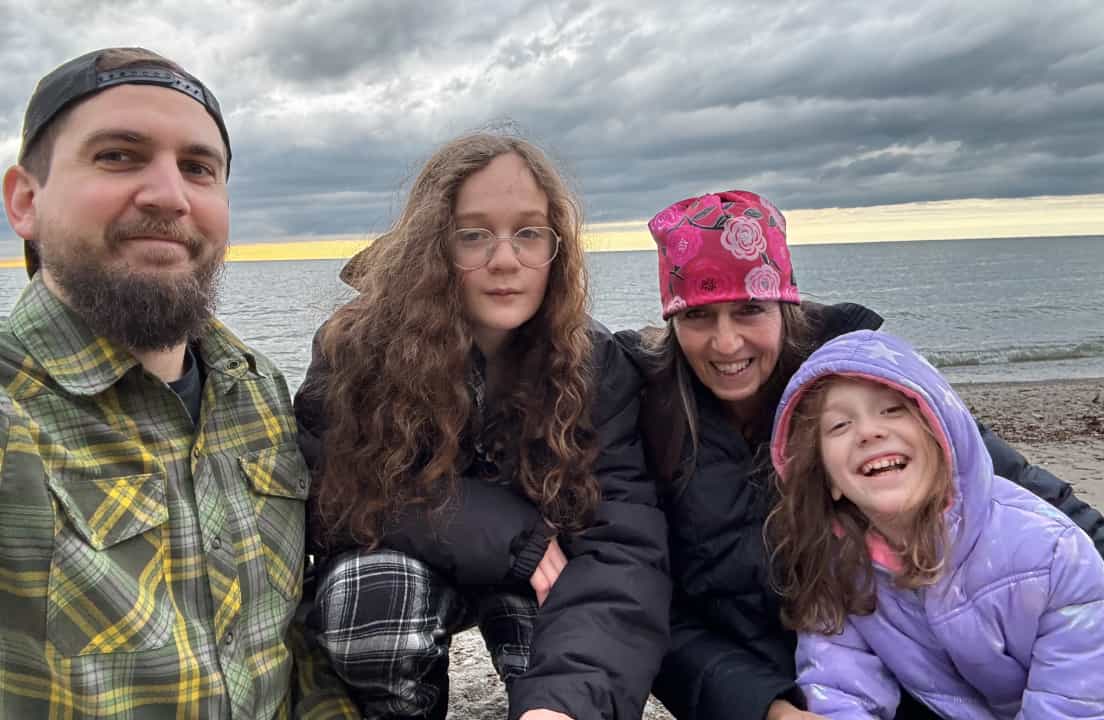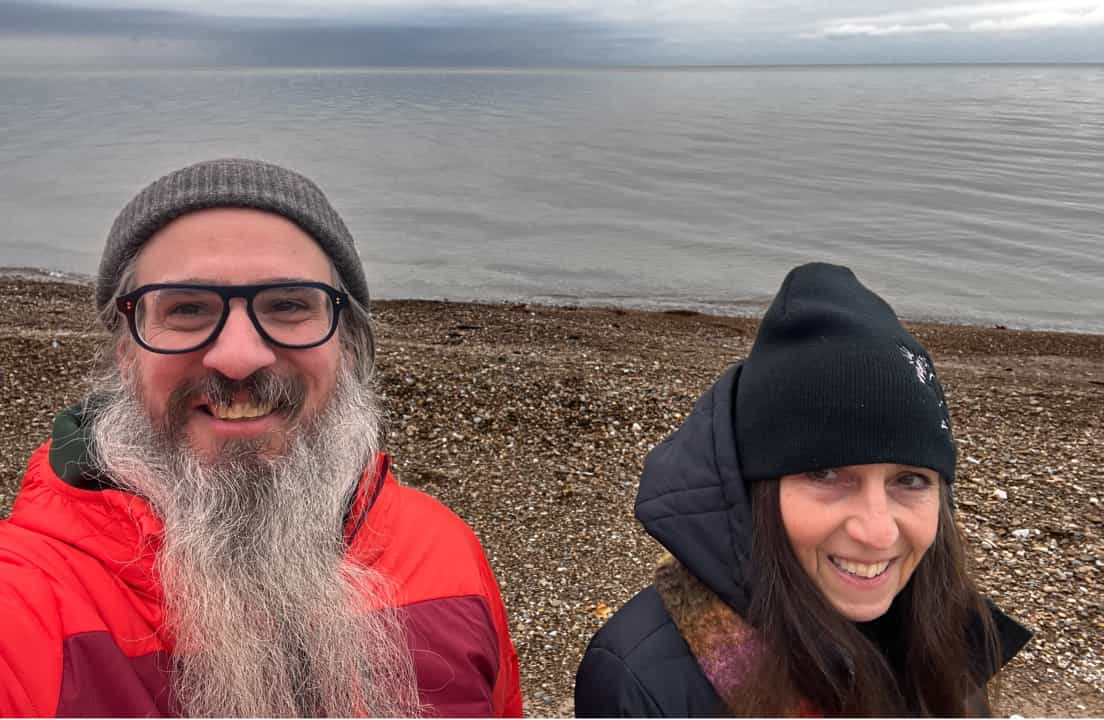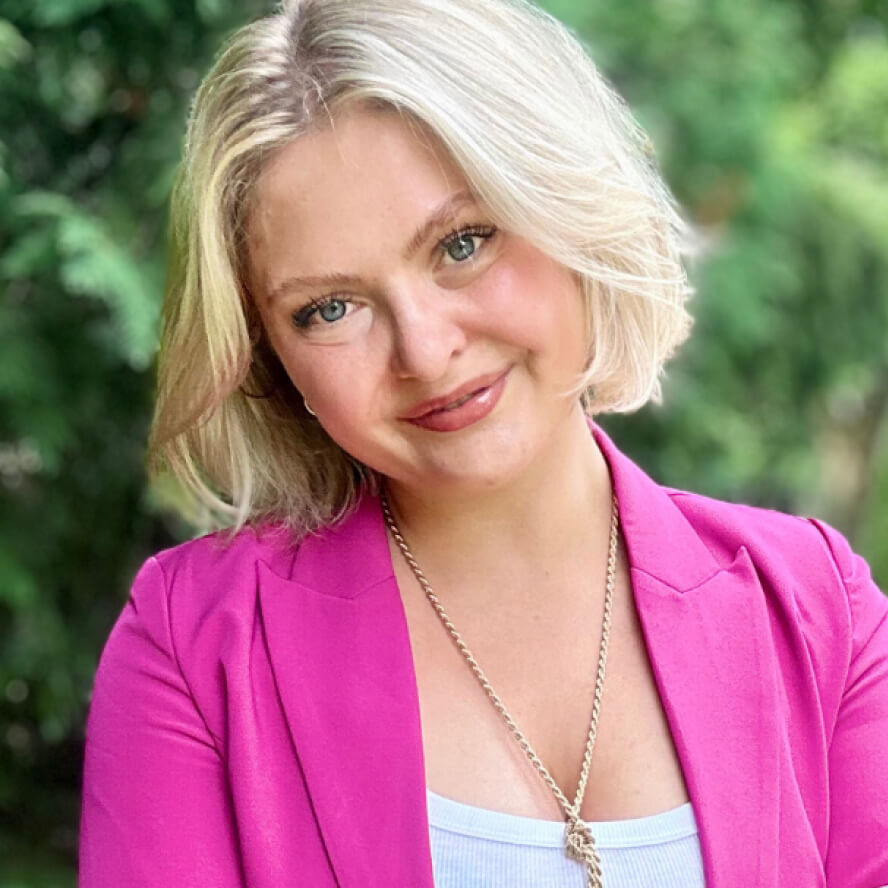T1D Guide
T1D Strong News
Personal Stories
Resources
T1D Misdiagnosis
T1D Early Detection
Research/Clinical Trials
Six Years of “You’re Fine”: Jamie’s Long Journey to a Type 1 Diabetes Diagnosis
At 68, Jamie is living with resilience, humor, and fierce determination—qualities that helped her survive both breast cancer and a six-year misdiagnosis of type 2 diabetes.
.jpg)
A longtime teacher’s aide for students with special needs in Buffalo, New York, Jamie tried to retire after the COVID-19 pandemic, but was drawn back to the classroom as a substitute because they need so much help. That compassion extends to her own family, too — she’s a proud mother and grandmother.

But when it comes to her health, Jamie’s journey has been anything but straightforward.
Type 2 didn’t make sense: “I was always active and thin.”
Jamie was diagnosed with type 2 diabetes (T2D) at age 60, after her hemoglobin A1c began creeping up slightly.
“I’ve never had an A1c over 8%,” she says. “But I honestly think I was having blood sugar fluctuations for years and didn’t know that’s what it was.”
She recalls experiencing shakiness and needing to eat urgently — but those red flags were brushed aside.
“I’m very thin, I’m active, I walk, I do yoga. But I kept hearing, ‘You’re fine, you’re fine.’”
Within a year of her initial diagnosis, Jamie was put on metformin.
“I remember saying to the doctor, ‘I feel like I’m eating sticks and rocks and nothing is changing.’”
When she asked to see an endocrinologist, her request was denied. Instead, she was referred to a nutritionist and left with more questions than answers.
“I had to advocate for the right tests.”
It wasn’t until Jamie finally got an endocrinologist appointment six years later that she asked for the tests that would ultimately change everything: C-peptide and GAD antibody tests.
The results were unmistakable: type 1 diabetes (T1D).
Her doctors initially prescribed Jardiance and later Rybelsus to help, but it made her incredibly sick. “I lost 25 pounds I didn’t need to lose. I couldn’t even look at food.”
Eventually, she was started on insulin: Toujeo (long-acting) and Humalog (rapid-acting), along with extended-release metformin and Jardiance. But the instructions were vague.
“They wrote the prescription for 15 units of Toujeo a day, but really wanted me to start with 10. They didn’t give me a lot of guidance,” Jamie says. “So I’ve been educating myself — mostly thanks to the type 1 community.”

“Give me everything I need to stay alive.”
Jamie’s story is layered with other serious health challenges, including a recent diagnosis of stage one breast cancer, which she caught herself. After undergoing surgery and radiation, she’s now focused on living well and staying strong.
Her past is marked by tragedy, including family members lost to suicide, alcoholism, and accidents.
“No one else in my family has type 1,” she says. “But I’m doing everything I can to stay healthy.”

That includes getting the vaccines she used to avoid. “I never even got flu shots before. Now I’m like, give me everything I need to keep me alive.”
“Fixed income, but still fighting.”
Like many older adults with type 1, Jamie faces the financial strain of managing a chronic illness on a fixed income. But she’s found ways to access what she needs.
She receives her Jardiance and Dexcom continuous glucose monitor (CGM) sensors for free through patient assistance programs like BI Cares (Boehringer Ingelheim) and US Med.
“You have to fill out income-based forms to qualify, but it’s worth it,” she says.
"We know our bodies best."
Jamie’s story is a powerful reminder that type 1 diabetes isn’t just a childhood disease — and that misdiagnosis in adults is happening far too often.
“They say it usually takes five or six years to get a correct diagnosis,” Jamie says. “That’s exactly what happened to me.”
If you’re living with diabetes and something doesn’t feel right, don’t stop asking questions. Request the tests. Advocate for yourself. Like Jamie, you may discover the truth—and finally get the care you deserve.im








.webp)


.jpg)

.jpg)
.jpg)

.webp)


.jpg)

.jpeg)
.jpg)
.jpg)
.jpg)
.jpg)
.jpg)
.jpg)
.jpg)
.jpg)
.jpg)
.jpg)

.jpg)
.jpg)








.jpg)












.jpeg)



.jpg)
.webp)












.webp)